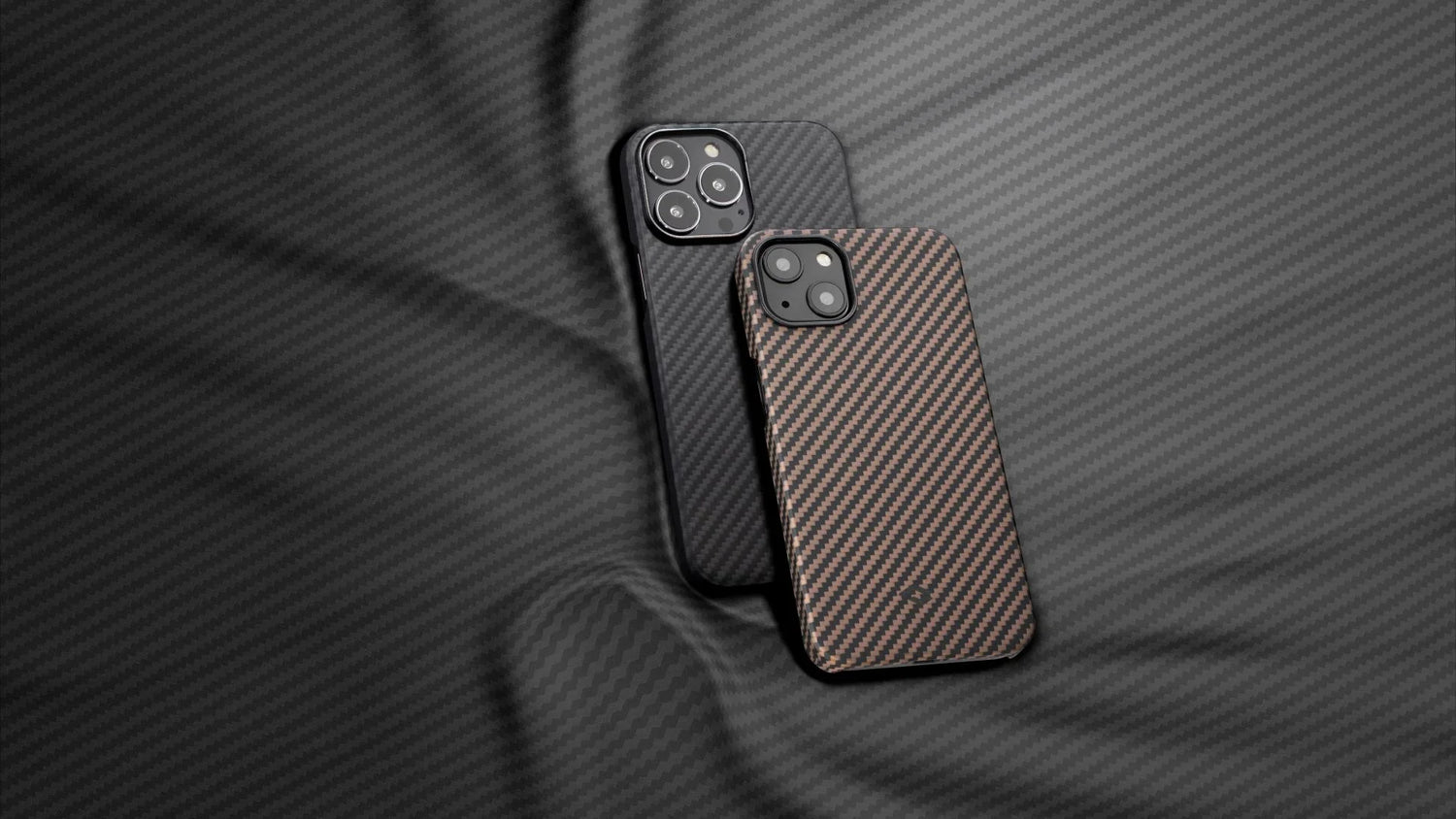When it comes to protecting your mobile phone, one of the simplest yet most effective ways is by using a back cover. A good mobile back cover not only enhances the look of your device but also provides essential protection against drops, scratches, and daily wear and tear. With a variety of materials available in the market, it can be challenging to choose the right one. In this blog, we’ll explore the best materials for mobile back covers and their unique advantages, helping you make an informed decision.
1. Silicone
Silicone back covers are one of the most popular choices due to their affordability and flexibility. They offer a soft, rubber-like texture that provides excellent shock absorption, protecting your phone from drops and impacts. Silicone covers are also easy to grip, reducing the chances of slipping out of your hand. Additionally, these covers are available in a variety of colors and designs, making them a trendy option for style-conscious users.
Pros:
- Shock absorption
- Anti-slip grip
- Affordable
- Flexible and durable
Cons:
- Attracts dust and lint easily
- Can stretch out over time
2. TPU (Thermoplastic Polyurethane)
TPU is another popular material for mobile back covers, offering a balance between flexibility and rigidity. It combines the best features of silicone and hard plastic, providing excellent protection against drops, scratches, and other damage. TPU covers are lightweight, slim, and resistant to oil, grease, and abrasion. These covers are ideal for users looking for sleek protection without compromising on durability.
Pros:
- Slim and lightweight
- Excellent scratch resistance
- Flexible but durable
- Resistant to oil and abrasion
Cons:
- Less impact-resistant than silicone
- Can become discolored over time
3. Polycarbonate (PC)
Polycarbonate covers are hard plastic cases known for their strength and durability. These cases offer solid protection from high-impact drops and scratches, making them a preferred choice for rugged protection. Polycarbonate is often used in combination with TPU or silicone to enhance its shock-absorbing qualities. While polycarbonate covers are less flexible, they are slim, sleek, and available in various designs.
Pros:
- Highly durable and impact-resistant
- Scratch-proof
- Slim and sleek
- Often combined with other materials for added protection
Cons:
- Not as flexible as silicone or TPU
- Prone to cracking under extreme pressure
4. Leather
For those who prefer a more premium and sophisticated look, leather covers are an excellent choice. Genuine leather mobile covers offer a luxurious feel, and their soft texture enhances the grip. Leather is also highly durable and ages well, developing a unique patina over time. While leather covers may not offer the same level of impact resistance as silicone or polycarbonate, they are perfect for users who prioritize style and elegance.
Pros:
- Luxurious, premium feel
- Excellent grip
- Long-lasting and ages beautifully
- Stylish and professional look
Cons:
- Less impact-resistant
- Can be expensive
- Prone to scratches and scuffs
5. Metal
Metal covers, often made of aluminum, are known for their strength and durability. They offer solid protection against impacts and are highly resistant to scratches and abrasions. Metal covers give a sleek, industrial look to the phone, making them popular among users looking for a modern aesthetic. However, metal cases are typically heavier and may interfere with wireless charging and signal reception.
Pros:
- Extremely durable and protective
- Scratch-resistant
- Sleek, modern design
Cons:
- Can be heavy and bulky
- May interfere with wireless charging
- More expensive than plastic or silicone options
6. Wood
Wooden back covers are unique and eco-friendly, appealing to those who prefer natural materials. These covers are made from real wood or wood veneer, giving each one a distinctive, organic appearance. While wood covers offer decent protection from scratches and minor impacts, they are not as durable as polycarbonate or silicone covers. They are perfect for users looking for a blend of nature and style.
Pros:
- Eco-friendly and unique
- Natural, organic feel
- Stylish and trendy
Cons:
- Less impact-resistant than other materials
- Can be bulkier
7. Hybrid Covers
For maximum protection, many users opt for hybrid covers, which combine different materials like TPU, polycarbonate, or silicone. These covers offer the best of both worlds by providing robust protection against drops, scratches, and impacts while maintaining a slim profile. Hybrid covers are often designed with reinforced corners for extra drop protection, making them an ideal choice for those with active lifestyles.
Pros:
- Superior protection
- Combines the benefits of multiple materials
- Slim and stylish designs
- Reinforced corners for extra drop protection
Cons:
- Can be more expensive than single-material covers
- May add bulk to the phone
Conclusion
Choosing the best material for your mobile back cover depends on your priorities whether you’re looking for impact resistance, a sleek design, or something eco-friendly. Silicone and TPU offer flexibility and shock absorption, while polycarbonate and metal provide robust protection. For a more stylish and premium feel, leather or wood covers are great options. Ultimately, hybrid covers offer the best of both worlds, combining various materials for maximum protection and style.
At Mobile Torch, we understand the importance of protecting your device while ensuring it looks great. Explore our wide range of mobile back covers made from the best materials to suit your needs.





Leave a comment
This site is protected by hCaptcha and the hCaptcha Privacy Policy and Terms of Service apply.